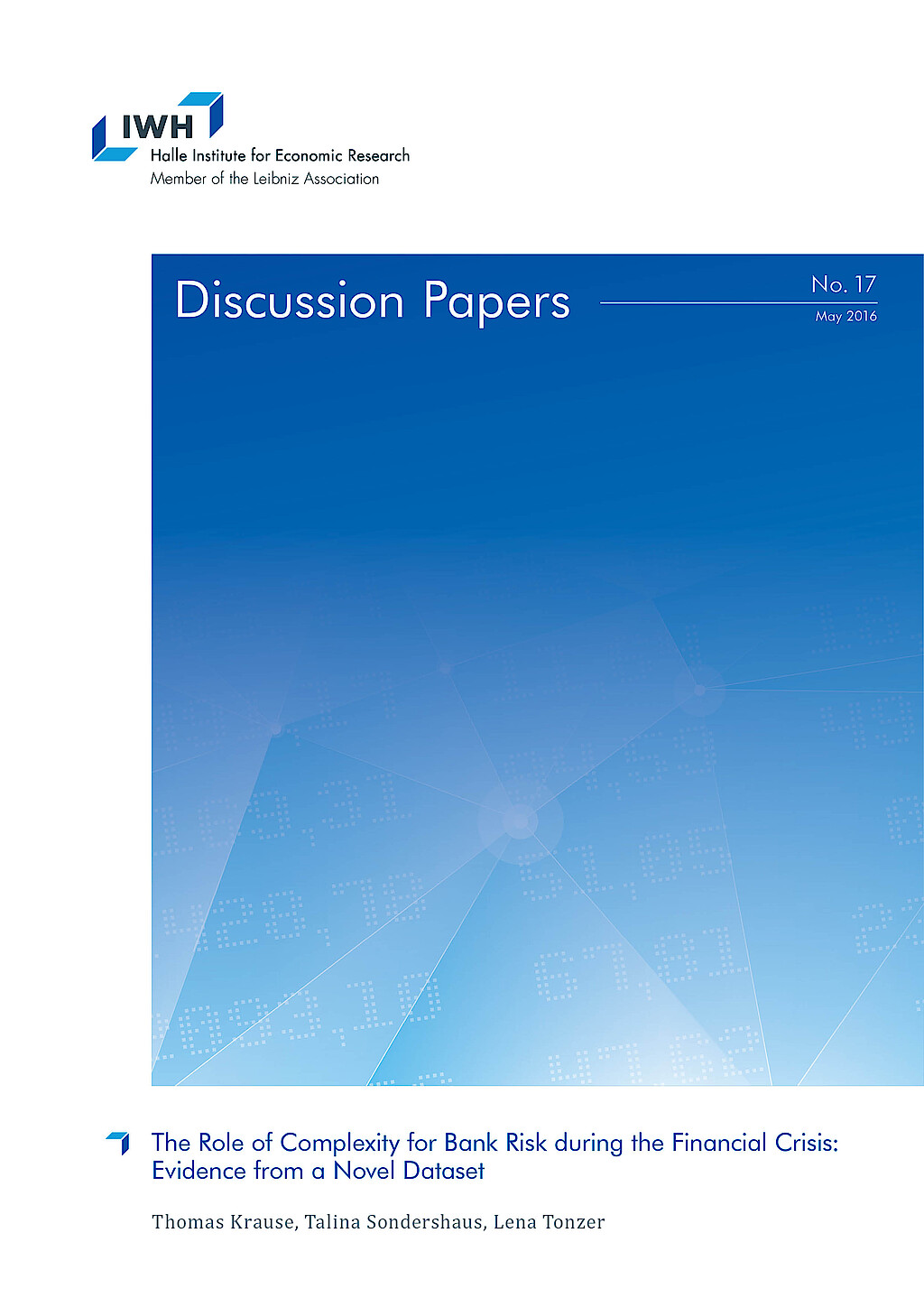
The Role of Complexity for Bank Risk during the Financial Crisis: Evidence from a Novel Dataset
We construct a novel dataset to measure banks’ business and geographical complexity. Using these measures of complexity, we evaluate how they relate to banks’ idiosyncratic and systemic riskiness. The sample covers stock listed banks in the euro area from 2007 to 2014. Our results show that banks have increased their total number of subsidiaries while business and geographical complexity have declined. Bank stability is significantly affected by our complexity measures, whereas the direction of the effect differs across the complexity measures: Banks with a higher degree of geographical complexity and a higher share of foreign subsidiaries seem to be less stable. In contrast, a higher share of non-bank subsidiaries significantly decreases the probability for a state aid request during the recent crisis period. This heterogeneity advises against the use of a single complexity measure when evaluating the implications of bank complexity.






